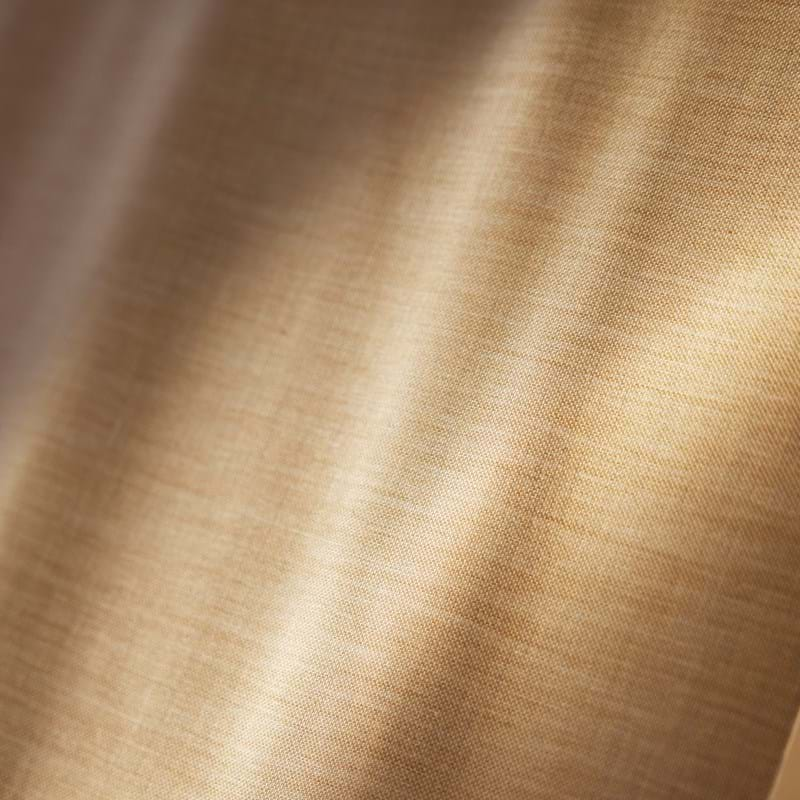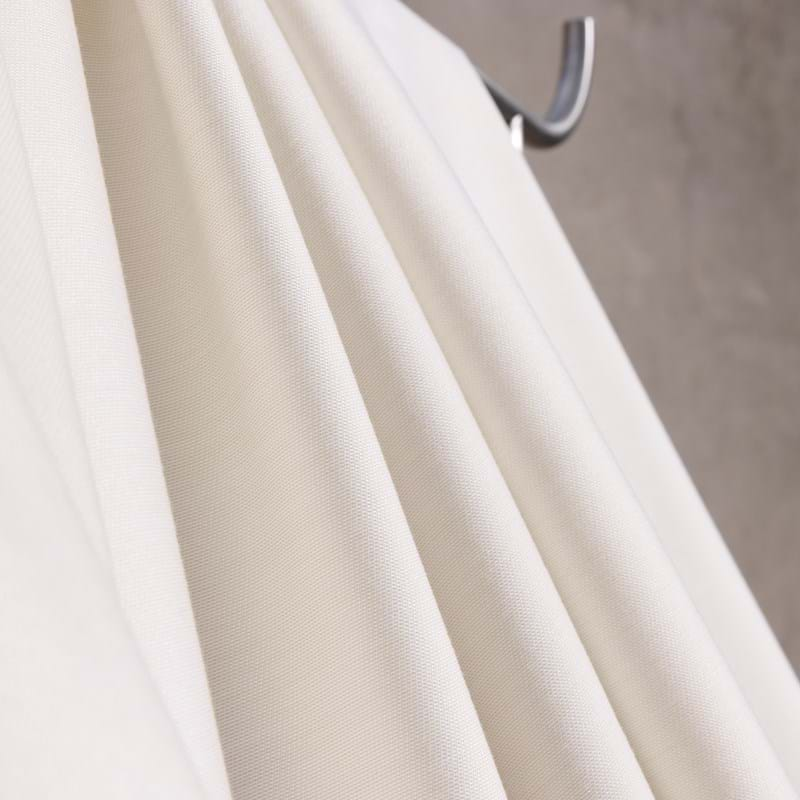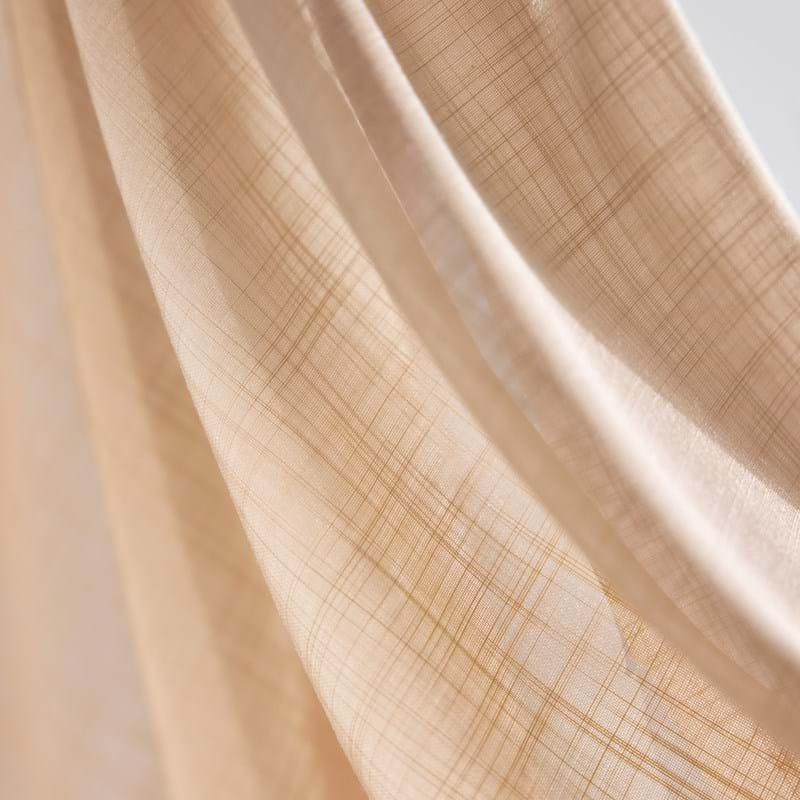By broadening the view of daylight regulation – from only external sunshades or internal roller blinds to textiles that form part of the interior – you suddenly gain a range of sustainable benefits as well. Durable products, recyclable materials, and eco-labelling are just some of them.
Interior textiles are not the obvious choice when talking about daylight regulation. But perhaps they should be? Unlike many other solar shading solutions, hanging textiles are flexible, long-lasting, and in many cases a more environmentally beneficial option.
The right choice of materials opens up possibilities for certification and circularity, without compromising either function or aesthetics.
Textiles that meet environmental requirements
All Svensson’s hanging textiles are made from flame-retardant Trevira CS, which, through the Trevira take-back programme, are fully recyclable. Almost all products are also certified according to EU Ecolabel and Oeko-Tex.
By choosing the right product, you can help facilitate environmental certification of the entire building.

Long lifetime, less waste
Unlike external solutions, interior hanging textiles are protected from weather and wind, which gives them a longer lifespan. They are also easy to maintain and replace without affecting other parts of the building.

Reflection that makes an impact
A textile with high light reflection not only reflects light but also part of the heat that sunlight brings with it. In certain orientations, the right textile can therefore help to keep the room temperature stable and, in turn, contribute to lower energy use.

Designed to last
Our products are, of course, designed to last – not only technically but also aesthetically. With timeless expressions, carefully considered design, tested colour fastness, and high material quality, we create textiles that withstand both wear and fleeting trends. This means interiors that can remain in place year after year – and fewer new products that need to be produced.